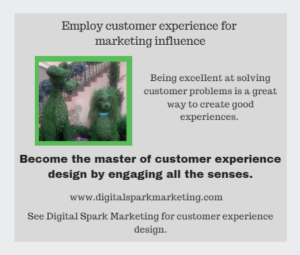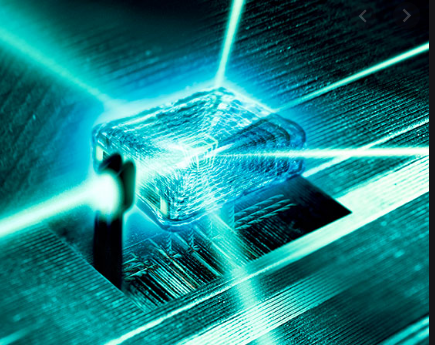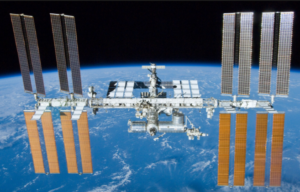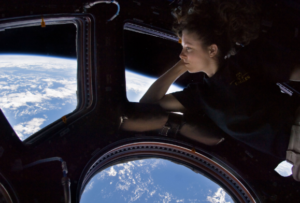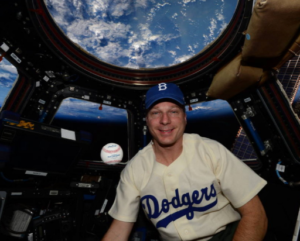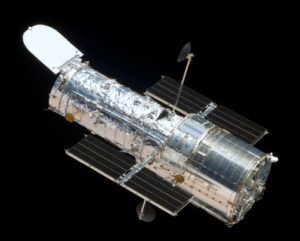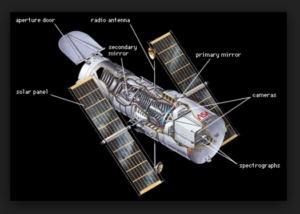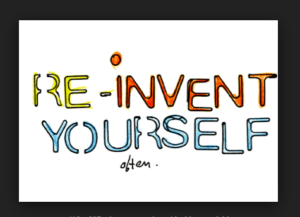What is the Starlink System? Technically speaking, it’s a satellite internet system. If you live in a city or a big suburb, you probably enjoy fast internet speeds, maybe at 1Gbps or beyond. But imagine enduring internet speeds at 20Mbps, or even as low as 0.8Mbps, every day.
Unfortunately, people across the US and the globe, are stuck in this very situation. Installing fiber in a city, and bringing Gigabit broadband to millions of customers is potentially lucrative, but not so much in a rural area home to only a few hundred people.
Enter Starlink. The satellite internet system from SpaceX is capable of delivering 150Mbps internet speeds to theoretically any place on the planet. All the customer needs is a clear view of the sky. In fall 2020, the system began serving its first users, many of whom were based in remote or rural regions of America—and the response was enthusiastic to say the least.
I live in Melbourne Florida and have been watching Starlink launches for the last few years from about 35 miles. They have been amazing! I worked at Loral when they plunked their first launch of their equivalent system in the ocean and never recovered about 20 years ago. Let me tell you a synopsis of this system …
Satellite internet technology has been around for decades. It involves beaming internet data, not through cables, but via radio signals through the vacuum of space. Ground stations on the planet broadcast the signals to satellites in orbit, which can then relay the data back to users on Earth.
One of the main existing providers has been HughesNet, which relies on satellites 22,000 miles above the planet. SpaceX’s system improves on the technology in two notable ways: The company wants to use low-Earth orbiting satellites that circle the planet at only around 300 miles above the surface. The shortened distance drastically improves the internet speeds while also reducing latency. Second, SpaceX wants to launch as many as 40,000 satellites in the coming years to power the system, ensuring global coverage without service dropouts.
SpaceX has quietly said that some users are experiencing congestion issues. In certain cases, the congestion is so bad users report seeing download speeds under 10Mbps and higher latencies. The company is promising to alleviate the congestion problems by launching more Starlink satellites in orbit. But some users are skeptical SpaceX can pull this off, given Starlink’s growing popularity in the US and around the globe.
One great, non-official resource is the Reddit community for Starlink. Here, you can find actual users of Starlink, who often post about their experiences with the service, and answer questions. It also contains its own community-driven FAQ about Starlink, which is chock full of details.
This system is ideally suited for rural and geographically isolated areas where internet connectivity is unreliable or nonexistent.
A SpaceX initiative to create a global broadband network, Starlink uses a constellation of low Earth orbit (LEO) satellites to provide high-speed internet services. SpaceX, more formally known as Space Exploration Technologies Corp., is a privately held rocket and spacecraft company that Elon Musk founded in 2002.
Instead of using cable technology, such as fiber optics to transmit internet data, a satellite system uses radio signals through the vacuum of space. Ground stations broadcast signals to satellites in orbits, which in turn relay the data back to the Starlink users on Earth. Each satellite in the Starlink constellation weighs 573 pounds and has a flat body. One SpaceX Falcon 9 rocket can fit up to 60 satellites.
The goal of Starlink is to create a low latency network in space that facilitates edge computing on Earth. The challenge of creating a global network in outer space isn’t a small one, especially because low latency is an important demand. SpaceX has proposed a constellation of almost 42,000 tablet-size satellites circling the globe in low orbit to meet this demand. The CubeSats — miniature satellites commonly used in LEO — create tight network coverage, and their low Earth orbit produces low latency.
However, Starlink isn’t the only contender in the space race and has a few competitors, including OneWeb, HughesNet, Viasat and Amazon. HughesNet has been providing signal coverage from 22,000 miles above the Earth since 1996, but Starlink follows a slightly different approach and presents the following improvements:
- Instead of using a couple of large satellites, Starlink uses thousands of small satellites.
- Starlink uses LEO satellites that circle the planet at only 300 miles above surface level. This shortened geostationary orbit improves internet speeds and reduces latency levels.
- The newest Starlink satellites have laser communication elements to transmit signals between satellites, reducing dependency on multiple ground stations.
- SpaceX aims to launch as many as 40,000 satellites in the near future, ensuring global and remote satellite coverage with reduced service outages.
- Starlink has the advantage of being part of SpaceX, which in addition to launching Starlink satellites, also conducts regular partner launches. Other satellite internet providers may not be able to schedule regular satellite launches due to the high-cost factors involved.
Starlink offers unlimited high-speed data through an array of small satellites that deliver up to 150 Megabits per second (Mbps) of internet speed. SpaceX plans to double this rate in the coming months.
According to a Speedtest by Ookla, Starlink recorded its fastest median download speed in the first quarter of 2022 at 160 Mbps in Lithuania. Starlink also clocked in at 91 Mbps in the U.S., 97 Mbps in Canada and 124 Mbps in Australia. Starlink in Mexico was the fastest satellite internet in North America, with a median download speed of 105.91 Mbps. The Speedtest further revealed that upload speeds have seen a downward curve of at least 33% in the U.S. — from 16.29 Mbps in the first quarter of 2021 to 9.33 Mbps in the second quarter of 2022.
According to Starlink’s website, it offers high speeds and latency as low as 20 milliseconds in most locations.
Starlink offers the following three internet packages:
- Starlink Internet. This package is geared toward residential use and costs $110 per month plus a one-time charge for the hardware of $599.
- Starlink Business. The business package provides twice the antenna capability of the residential offering along with faster internet speeds. It costs $500 per month with a one-time equipment charge of $2,500.
- Starlink RV. In June 2022, the U.S. Federal Communications Commission authorized SpaceX to use Starlink with moving vehicles, including recreation vehicles, airlines, ships and trucks. So, people on the road can now get access to the Starlink RV service for $135 per month plus $599 for the hardware.
The megaconstellation currently consists of more than 5,700 operational satellites, and that number will continue growing far into the future.







